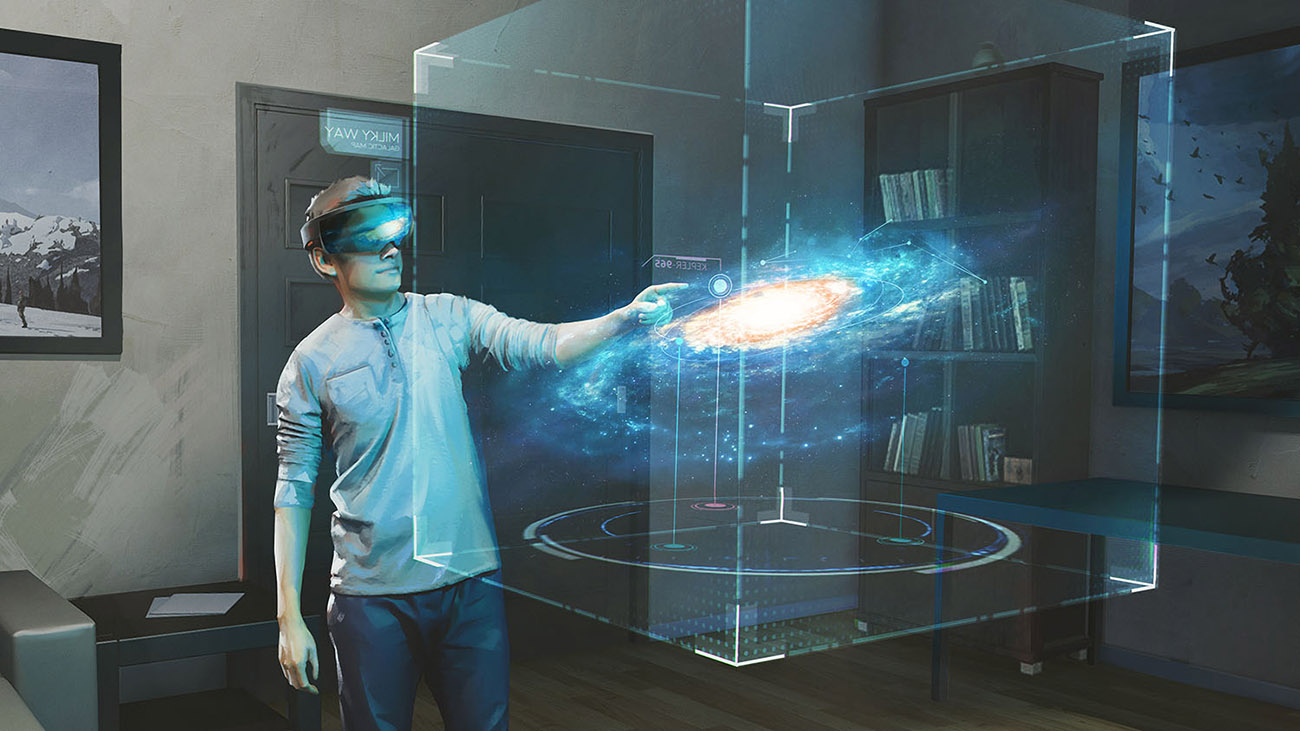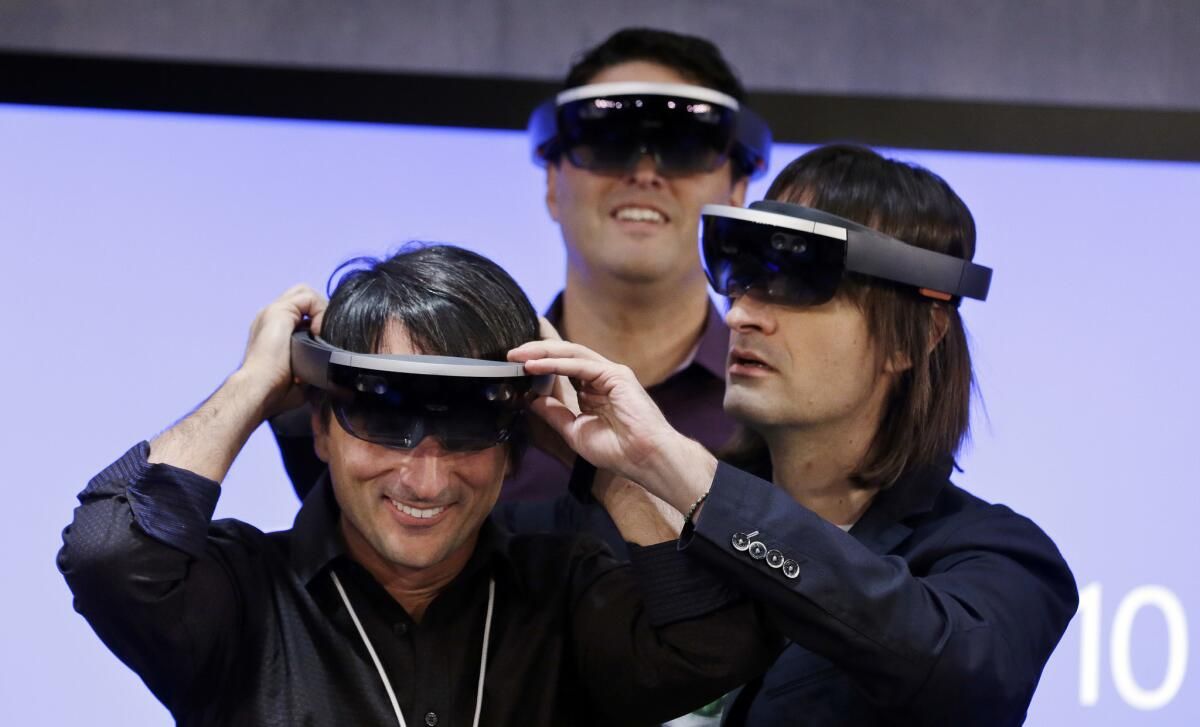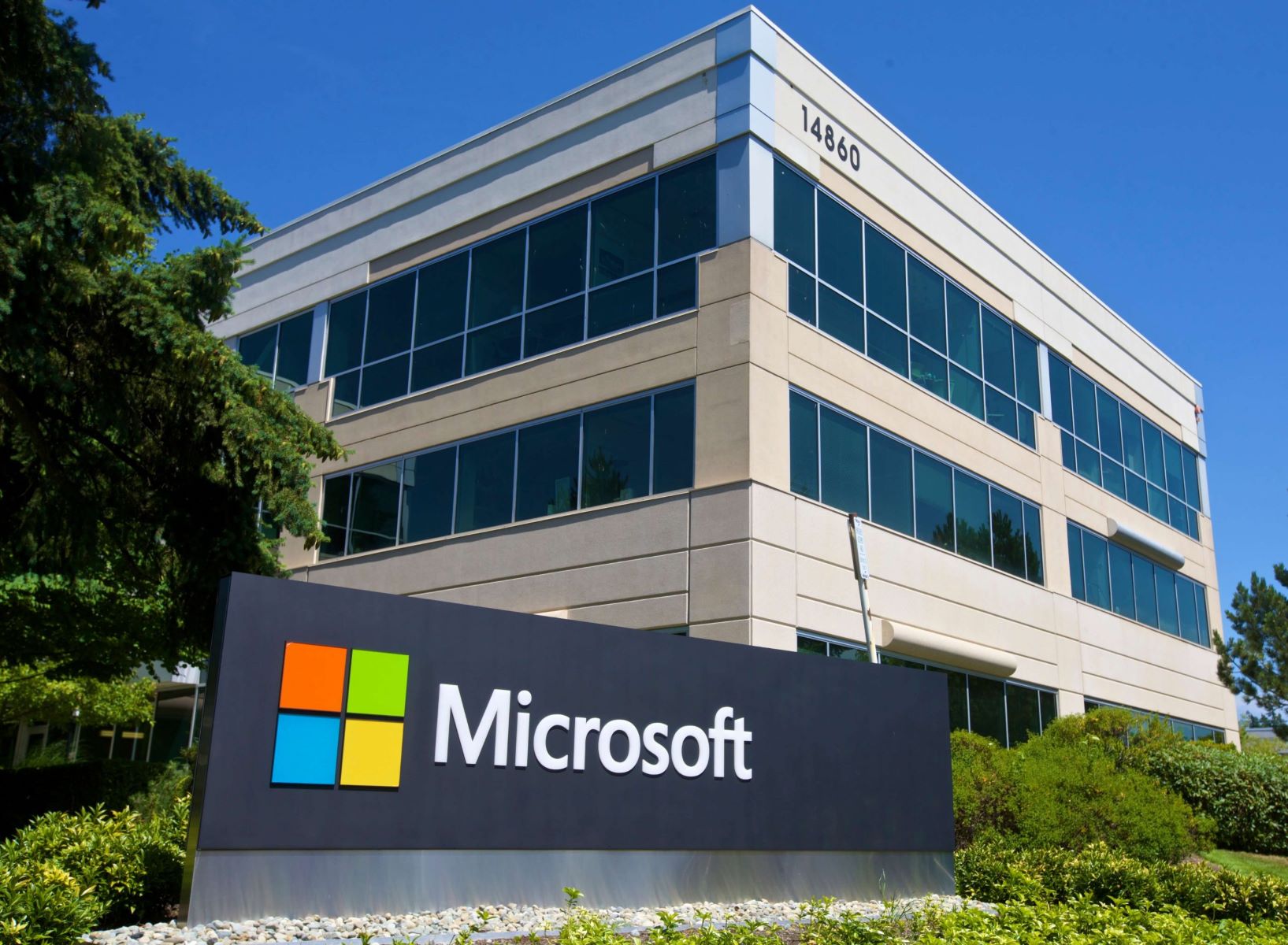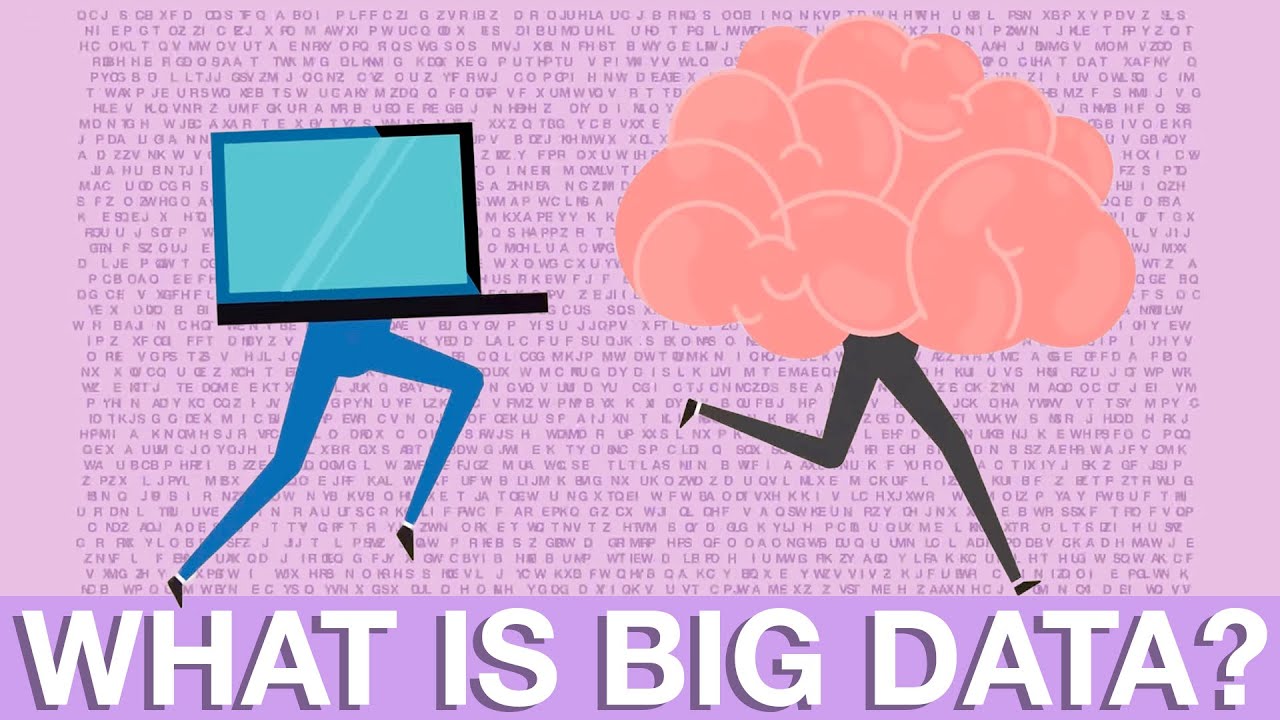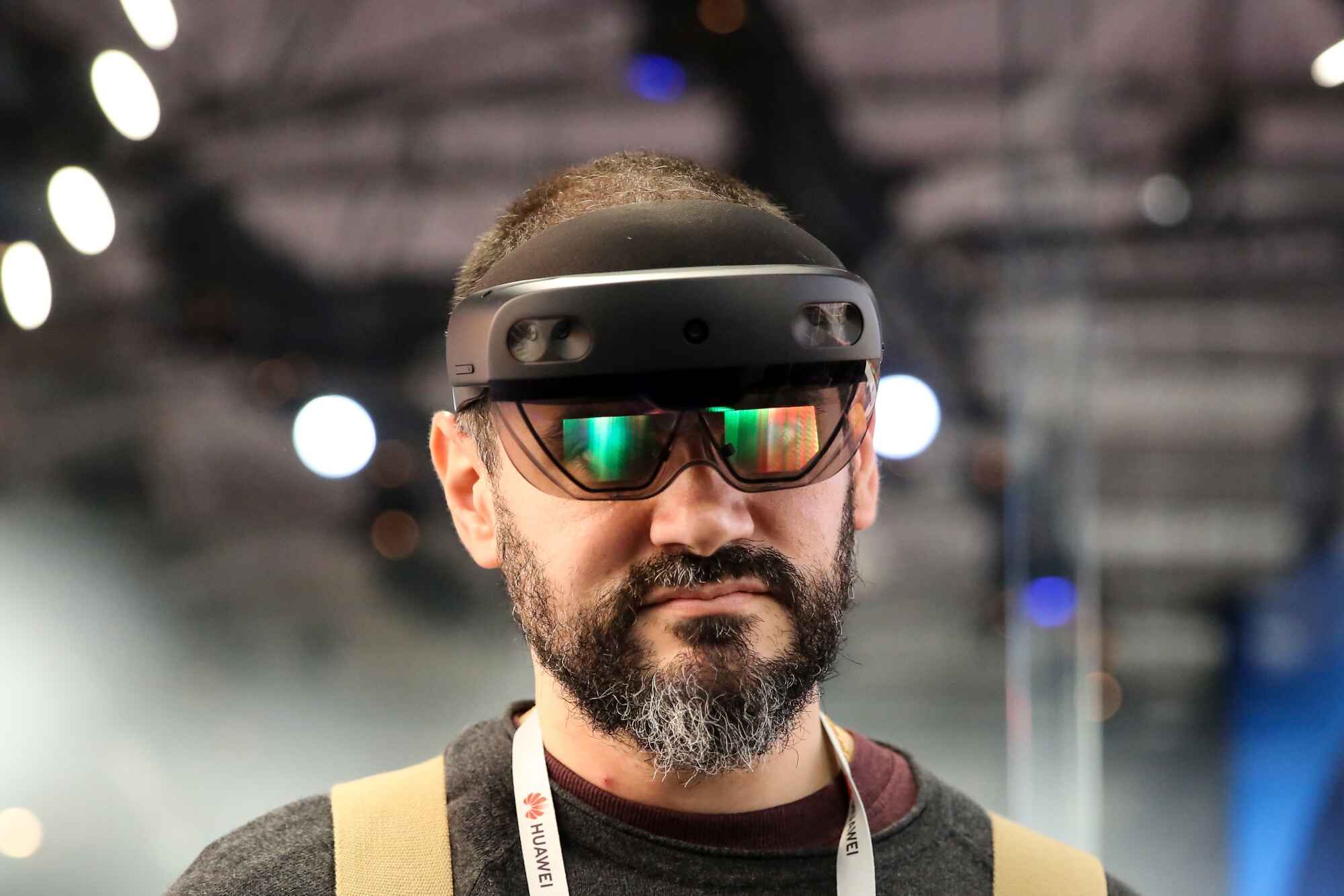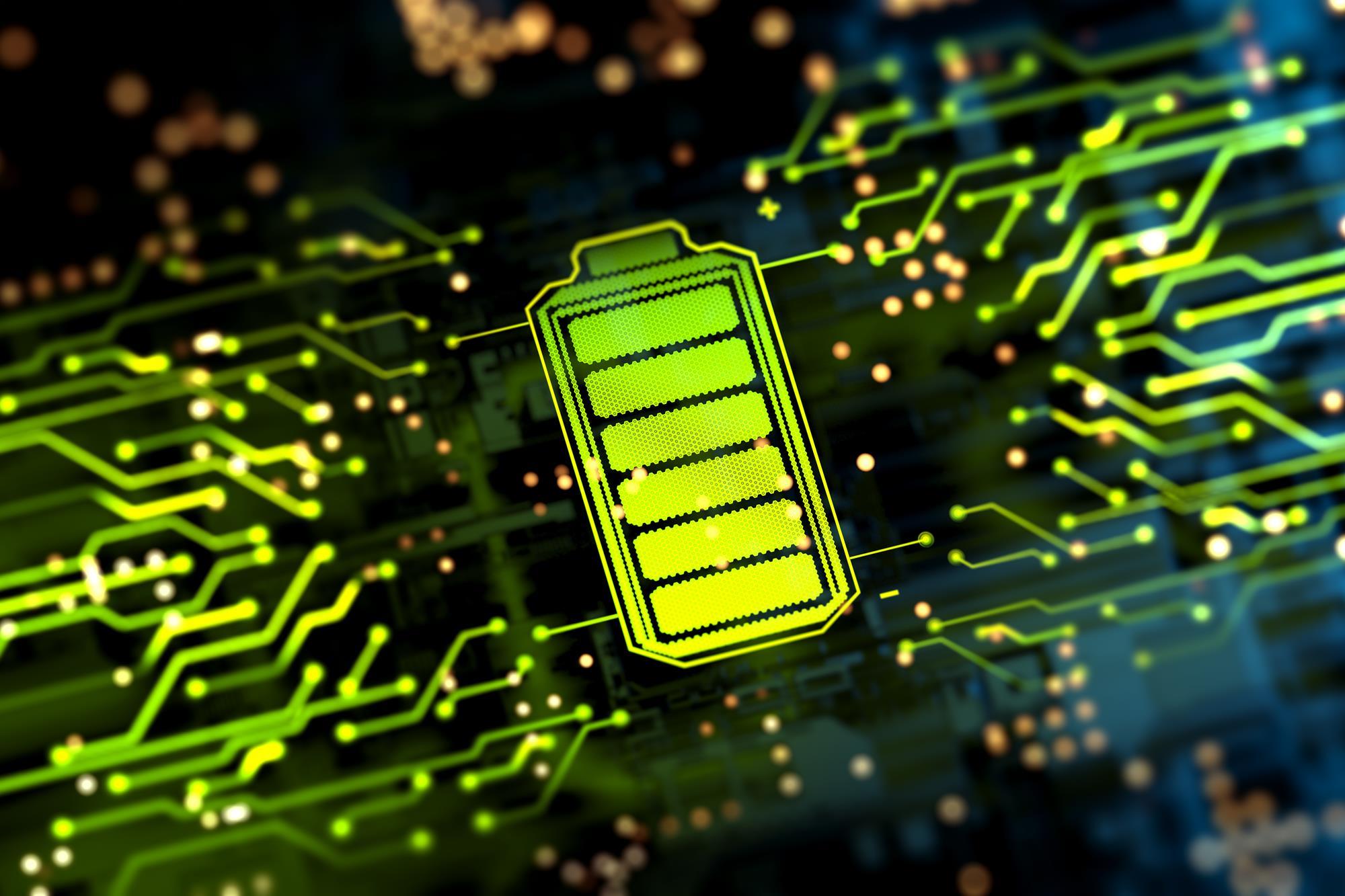Microsoft has partnered with the U.S. Department of Energy’s Pacific Northwest National Laboratory (PNNL) to leverage its Azure Quantum Elements service in the exploration of potential new battery materials. The collaboration has resulted in the identification of a few promising candidates, with one already progressing to the prototype stage.
Key Takeaway
Microsoft has collaborated with PNNL to utilize Azure Quantum Elements, combining AI and HPC techniques to expedite materials discovery, resulting in the identification of promising candidates for battery development.
Azure Quantum Elements: AI and High-Performance Computing in Action
Contrary to what the name might suggest, the project did not involve the use of a quantum computer. Azure Quantum Elements integrates artificial intelligence (AI) and traditional high-performance computing (HPC) techniques. It serves as a platform for scientific computing, offering the potential to access Microsoft’s quantum supercomputer in the future.
Advancing Materials Discovery with Azure Quantum Elements
Krysta Svore, head of Microsoft Quantum, emphasized the goal of pushing the current capabilities of Azure Quantum Elements, particularly the AI accelerator, to drive materials discovery forward. The research team at PNNL utilized Azure Quantum Elements to analyze 32 million inorganic materials, ultimately narrowing down the pool to 18 candidates for their battery project. By leveraging AI models, the team reduced the candidates to about 500,000, followed by the use of existing HPC techniques to identify 18 promising candidates for further focus. This process, which would typically span years, was completed within 18 months through the use of Azure Quantum Elements.
AI and High-Performance Computing: Accelerating Scientific Discovery
Tony Peurrung, PNNL deputy director for Science and Technology, highlighted the significance of AI, cloud, and high-performance computing in conjunction with human scientists to hasten scientific progress. The collaboration aims to democratize AI for scientists, with the potential to uncover unconventional yet valuable materials or approaches. This marks the initial phase of a journey to expedite scientific discovery.
The Future of Quantum Computing
While quantum computing is anticipated to excel in solving chemistry and material science problems, practical applications are still a few years away. Microsoft’s plan to develop a quantum supercomputer utilizing Majorana-based qubits within the next decade remains optimistic, despite the current state of noisy intermediate-scale quantum (NISQ) era.
Although the project involves substantial scientific endeavors, it is important to acknowledge the distance that still exists between the current state and the integration of quantum computing into such processes.









